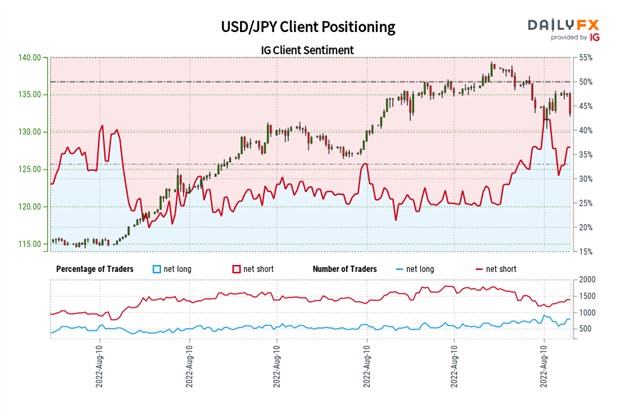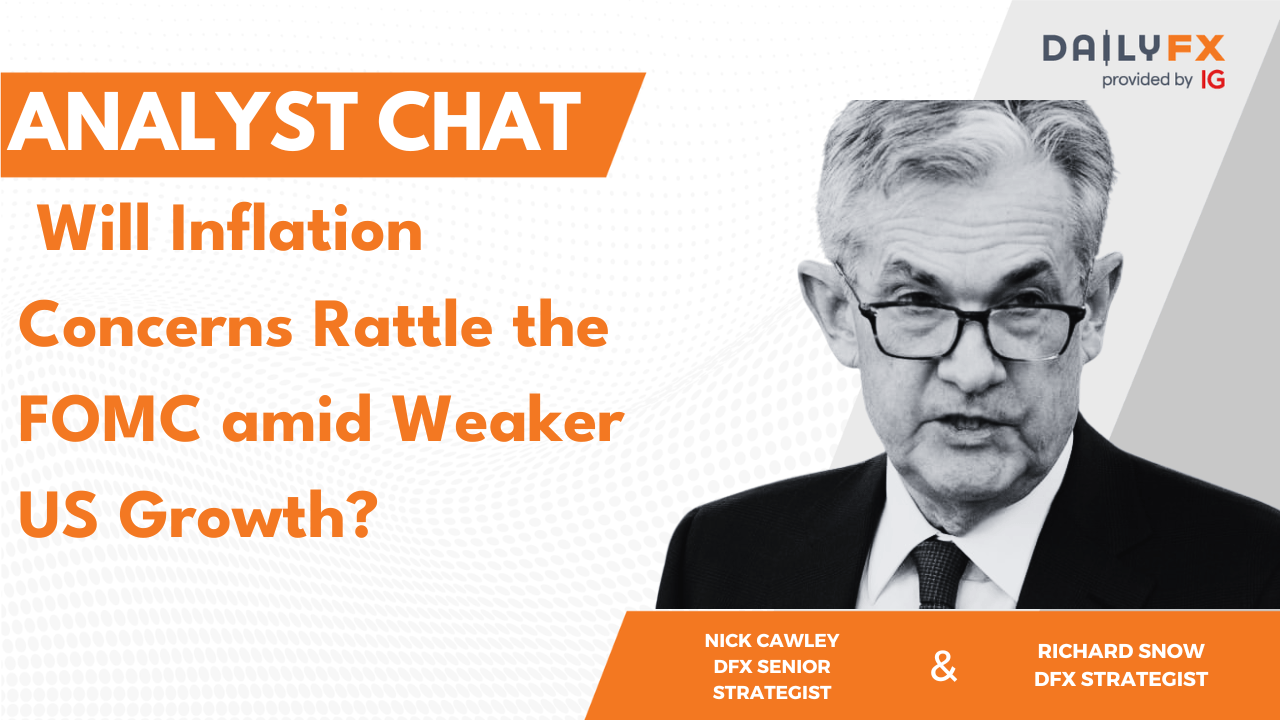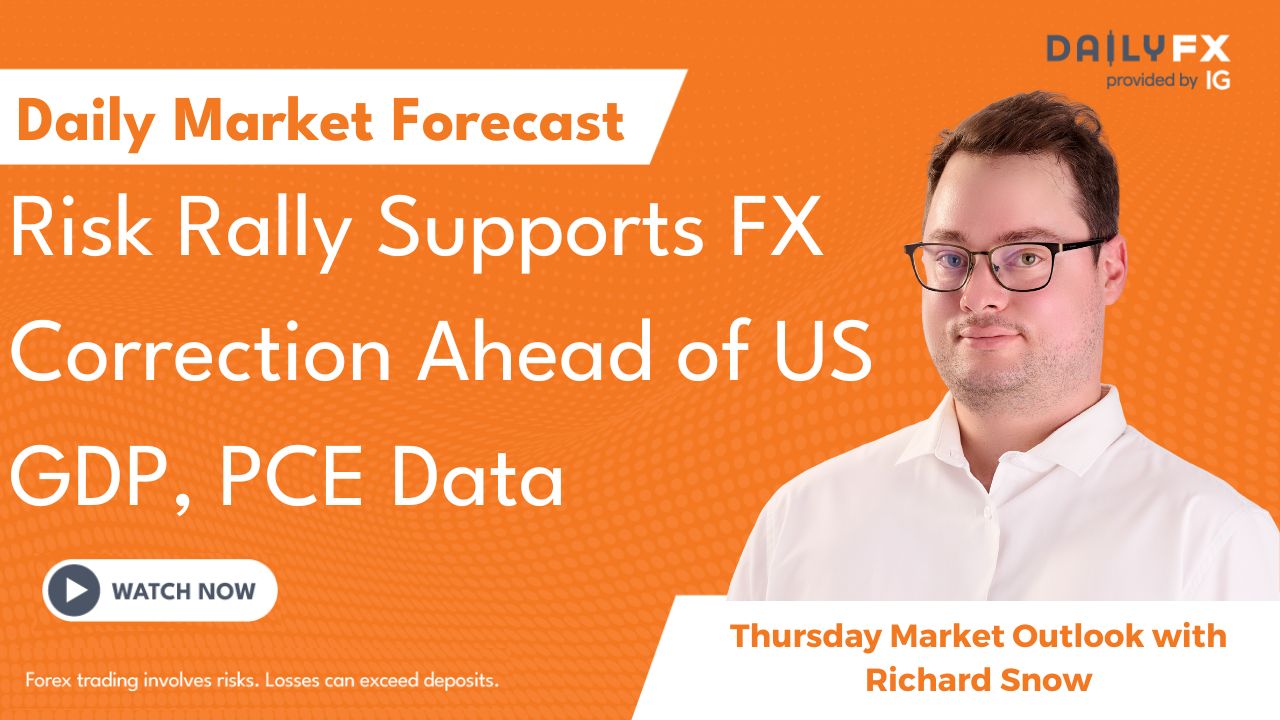US Dollar Outlook:
- The US Dollar (via the DXY Index) is falling in the wake of the July US inflation report as US Treasury yields and Fed rate hike odds drop.
- The DXY Index has lost support at the uptrend from the late-March and late-May swing lows, while USD/JPY rates are fading towards former highs in April and May.
- The IG Client Sentiment Index suggests that USD/JPY has a mixed bias in the near-term.



Yields Move Everything
The unexpected deceleration in US inflation rates in July is weighing down US Treasury yields and cutting down Fed rate hike odds in the near-term. The odds of a 75-bps rate hike in September have dipped back below 50%, where they had been for the past several days in the wake of the blowout July US jobs report. The knock-on effect in financial markets has been a weaker US Dollar, with the DXY Index breaking below multi-month uptrend support and USD/JPY rates turning lower towards the August lows.
DXY PRICE INDEX TECHNICAL ANALYSIS: DailyTimeframe (August 2021 to August 2022) (CHART 1)

The drop by the DXY Index has seen the bullish outside engulfing bar/key reversal low taken out, suggesting that the recent bullish impulse has failed. Concurrent with the break of the uptrend from the late-March and late-May swing lows, there is growing technical evidence that a near-term top has been carved out. Momentum is turning bearish quickly. The DXY Index is below its daily 5-, 8-, 13-, and 21-EMAs, which are aligning in bearish sequential order. Daily MACD is dropping below its signal line while daily Slow Stochastics have reversed back below their median line. A deeper setback by the DXY Index may soon playout towards the mid-June swing low at 103.42.



USD/JPY RATE TECHNICAL ANALYSIS: DAILY TIMEFRAME (August 2021 to August 2022) (CHART 2)

The rally by USD/JPY rates from the area around the April and May highs has ended, with a bearish outside engulfing bar forming on the daily chart today. Momentum is rapidly shifting more bearish. The pair is below its daily 5-, 8-, 13-, and 21-EMAs, which are now in bearish sequential order. Daily MACD is continuing its move below its signal line while daily Slow Stochastics have reversed back below their median line. A return to the August low at 130.91 appears increasingly likely in the near-term.
IG Client Sentiment Index: USD/JPY RATE Forecast (August 10, 2022) (Chart 3)

USD/JPY: Retail trader data shows 38.71% of traders are net-long with the ratio of traders short to long at 1.58 to 1. The number of traders net-long is 4.10% lower than yesterday and 6.14% lower from last week, while the number of traders net-short is 12.73% lower than yesterday and 3.81% lower from last week.
We typically take a contrarian view to crowd sentiment, and the fact traders are net-short suggests USD/JPY prices may continue to rise.
Positioning is less net-short than yesterday but more net-short from last week. The combination of current sentiment and recent changes gives us a further mixed USD/JPY trading bias.
--- Written by Christopher Vecchio, CFA, Senior Strategist






